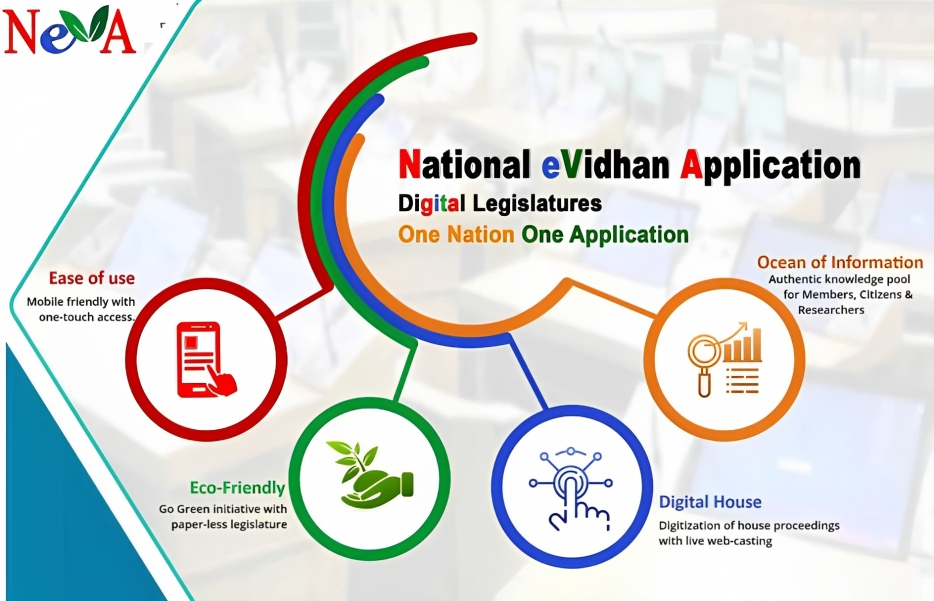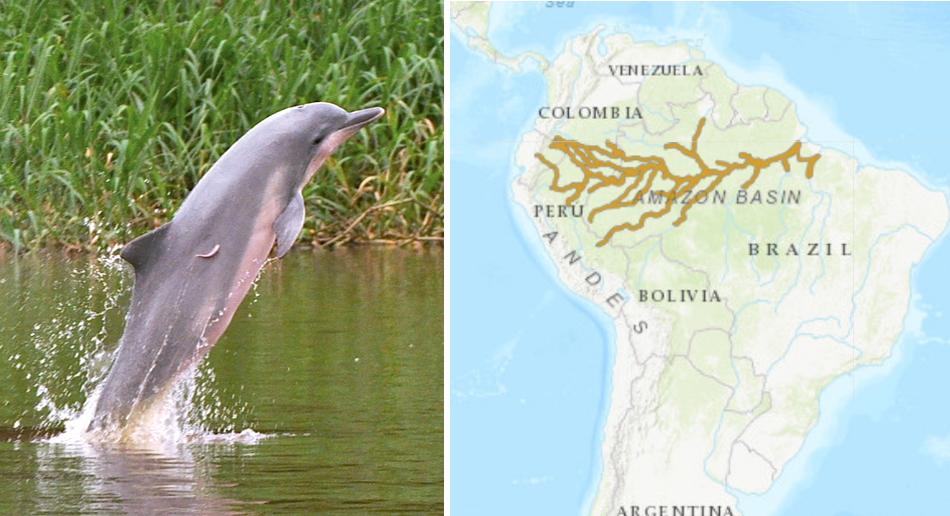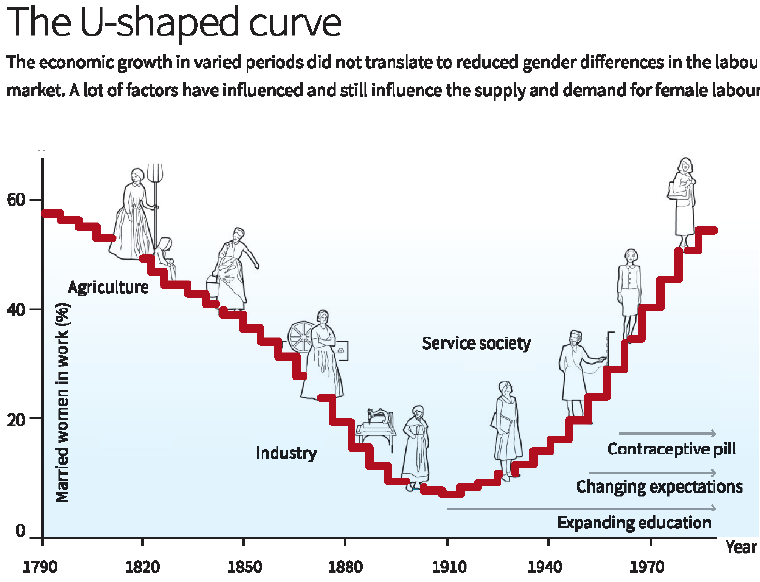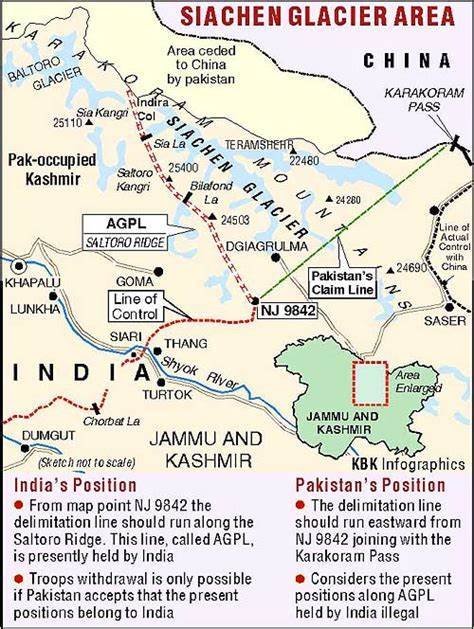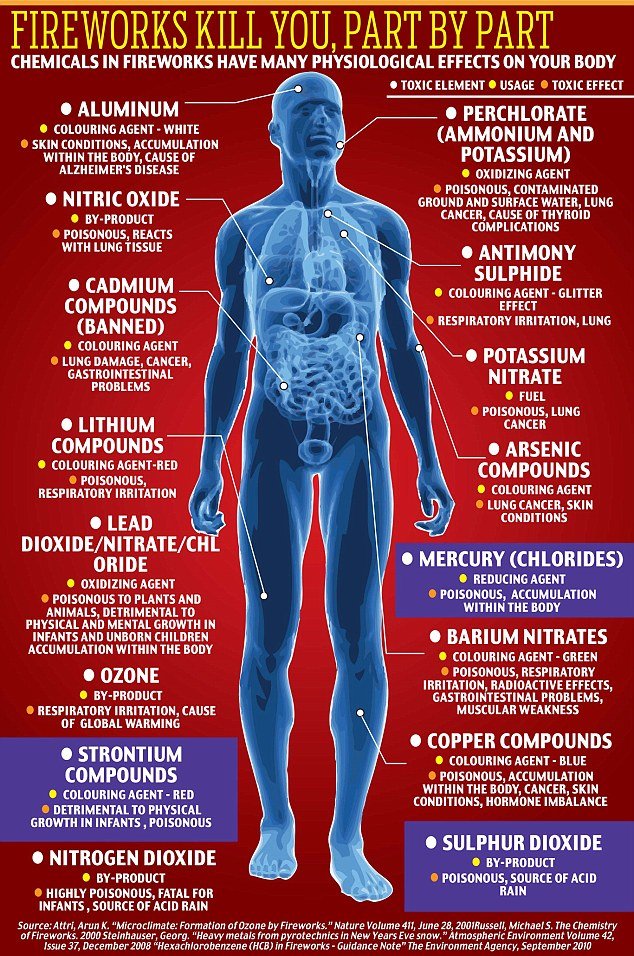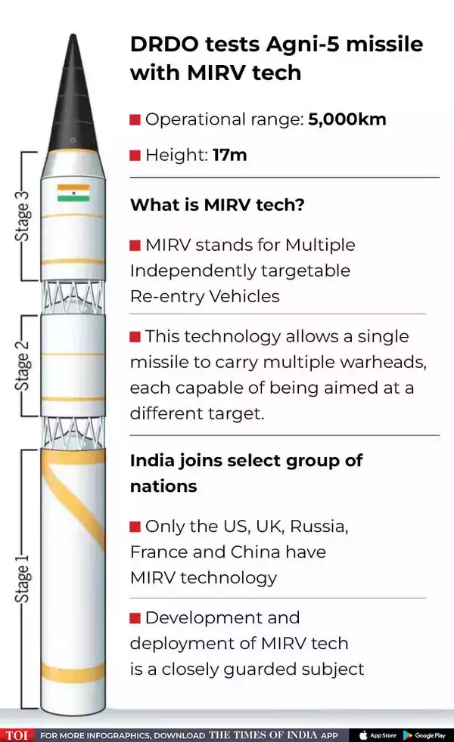
Current Affairs February 18-19, 2024: Jnanpith Award, Rheumatoid Arthritis, Inconsistencies in GSLV Rockets, Central Asian Flyway, Direct Ascent Anti Satellite
Subscribers of "Current Affairs" course can Download Daily Current Affairs in PDF/DOC
Subscribe to Never Miss an Important Update! Assured Discounts on New Products!
Must Join PMF IAS Telegram Channel & PMF IAS History Telegram Channel
{GS2 – Polity – IC – Elections} Electoral Bond Scheme (EBS)
- Context (TH): The SC has declared the Electoral Bonds Scheme unconstitutional.
- These bonds constituted an essential means of funding political parties since 2018.
- Donor anonymity was the main feature of the scheme, which has been criticised for long by transparency activists.
- The scheme was challenged shortly after it was announced by a number of parties, including the Communist Party of India (Marxist) and the Association for Democratic Reforms (ADR).
SC Ruling
- The SC declared the EBS and the amendments made to the following acts as unconstitutional-
- The Finance Act, 2017,
- The Representation of the People Act (RPA), 1951,
- The Income Tax Act 1961, and
- The Companies Act of 2013.
Restoration of Status Quo by SC
The SC’s judgement reinstated the legal framework before the Finance Act 2017 in several statutes.
Representation of the People Act, 1951
- Section 29C mandated political parties to disclose donations exceeding Rs 20,000, balancing the right to information with donor privacy.
- Finance Act, 2017 Intervention: Introduced an exception exempting donations from disclosure requirements via Electoral Bonds.
- SC Verdict: The amendment was struck down, emphasising the importance of transparency and privacy balance.
Companies Act, 2013
- Section 182 restricted corporate donations, imposing a cap (7.5% of the average profits of the preceding three fiscal years) and disclosure requirements.
- Finance Act, 2017 Intervention: The cap and disclosure obligations for corporate donations were removed.
- SC Verdict: Nullified the amendment, citing concerns about unchecked corporate influence on elections.
Income-tax Act, 1961
- Section 13A(b) mandated the maintenance of records for contributions above Rs 20,000.
- Finance Act, 2017 Intervention: Exempted Electoral Bond contributions from record-keeping requirements.
- SC Verdict: Struck down the amendment, upholding voters’ right to information.
SC Observations
Violation of the Right to Information
- Anonymous Political Donations: The scheme infringes upon the fundamental right to information under Article 19(1)(a) of the Constitution.
- Voters have a right to information that is essential for them to exercise their freedom to vote.
- The fundamental right to information is not just a means to an end but an end in itself.
- It not only fulfils the freedom of speech and expression but also plays a crucial role in participatory democracy by holding the government accountable.
- Economic inequality leads to differing levels of political engagement because of the deep association between money and politics.
- As a result, there is a possibility that financial contribution to a political party would lead to quid pro quo arrangements.
|
Not Proportionally Justified to Curb Black Money
- The SC applied the proportionality test to examine whether the scheme violated the voters’ right to information and the transparency of the electoral process
- The government did not adopt the least restrictive method to achieve its objective.
- SC Relied on the proportionality test laid down in its 2017 verdict in the KS Puttaswamy case.
- The CJI cited the least restrictive methods, such as the ₹20,000 cap on anonymous donations and the concept of Electoral Trusts.
- The purpose of curbing black money cannot be linked to any of the reasonable restrictions under Article 19(2); it cannot be said to be a legitimate purpose for restricting the FR to information.
- After the ‘basic structure doctrine’, SC has established a new red line for the state to be ‘least restrictive’ in the exercise of its legislative functions.
Proportionality Test
“Double proportionality” Test
|
Right to Donor Privacy Does Not Extend to Contributions Made
- Financial contributions to political parties are usually made for two reasons–
- As an expression of support and
- As a quid pro quo measure.
- Political contributions made by corporations should not be treated at par with financial contributions made by a student, a daily wage worker, an artist, or a teacher.
- The right to privacy only extends to contributions made as a genuine form of political support and does not extend to those contributions that may be made to influence policies.
Unlimited Corporate Donations Violate Free and Fair Elections
- The amendment made to the Companies Act 2013, permitting unlimited political contributions by companies, is arbitrary.
- The political contributions by individuals cannot be treated at par with those made by companies, as the latter is often made with the intent of securing benefits in return.
- The harm in the form of quid pro quo is much higher in the case of loss-making companies.
Institution of Hierarchy of Rights
- The SC, in its judgement, has used the proportionality test to calibrate a hierarchy of rights.
- Greater weightage has been assigned to an individual voter’s right to information on political funding than a corporate donor’s demand for a right to privacy.
Amendment to Section 29C of RPA, 1951 Quashed
- Initially, Section 29C of the RPA, 1951, required
- Parties to declare all contributions higher than ₹20,000 and
- Specify whether they were received from individual persons or companies.
- The SC observed that the original requirement to disclose contributions of more than ₹ 20,000 effectively balanced the voters’ right to information with the right to privacy of donors.
- Donations below this threshold were far less likely to influence political decisions.
Other Observations by SC
- The SBI has been ordered to stop the issuance of any further electoral bonds immediately.
- SBI will furnish details of such bonds purchased by political parties since April 12, 2019, to the ECI.
- Such details must include the date of purchase of each bond, the name of the purchaser of the bond and the denomination of the bond purchased.
- The ECI shall subsequently publish all such information shared by the SBI.
- Electoral bonds that are within the validity period of fifteen days but have not yet been encashed by the political party will have to be returned.
Legitimate state interest
- According to the ruling, the definition of ‘legitimate state interest’ will not be the exclusive purview of the state.
- The SC will examine the state’s definition of ‘legitimate state interest ‘ behind any legislative action, as was done in the case of the electoral bonds scheme.
Government’s Argument
- The government argued that curbing black money and protecting donor anonymity are legitimate state interests.
- Donor anonymity was presented as essential for upholding the right to privacy of donors, a FR.
- It allowed any person to transfer funds to political parties of their choice through legitimate banking channels and helped prevent unregulated contributions through cash.
- The GOI contended that the right to information doesn’t extend to seeking information that is not in the state’s knowledge.
- The government claimed that citizens did not have a general right to know the funding of political parties.
- The right to know was not general; it evolved by courts to enable voters to elect clean candidates.
Recommendations on Funding of Political Parties
Indrajit Gupta Committee on State Funding of Elections, 1998
- Endorsed state funding of elections to establish a fair playing field for parties with less financial resources.
Recommended limitations
- State funds are to be allocated only to national and state parties with allotted symbols, not independent candidates.
- State funding should be provided in kind, offering certain facilities to recognised political parties and their candidates.
- It acknowledged economic constraints and advocated partial rather than complete state funding.
Election Commission’s Recommendations
- The 2004 report emphasised the necessity for political parties to publish their accounts annually, allowing scrutiny by the general public and concerned entities.
- Audited accounts should be made public, with auditing performed by CAG-approved firms.
Law Commission, 1999
- Described total state funding of elections as “desirable” under the condition that political parties are prohibited from receiving funds from other sources.
- Proposed amending the RPA, 1951, introducing section 78A for maintenance, audit, and publication of political party accounts, with penalties for non-compliance.
How does Global Political Funding Differ from India?
Emphasis on Parties vs. Candidates
Global Example
- In the US, political funding often centres around individual candidates, with extensive fundraising efforts directed towards supporting their campaigns.
India’s Context
- India and other parliamentary systems prioritise funding frames centred on political parties, where donations are channelled to support party activities and campaigns collectively.
Donations Regulation
Global Practice
- Many jurisdictions impose bans or limits on specific donors, such as foreign entities or corporations, to prevent undue influence in political funding.
- For instance, US federal law imposes varying contribution limits based on the type of donor.
- Conversely, countries like the UK do not set contribution limits but instead opt for expenditure limits as a method of regulation.
India’s Context
- India regulates donations but lacks specific limits on individual contributions.
Expenditure Limits
Global Norms
- Expenditure caps are standard in global funding frameworks to mitigate financial dominance and ensure a level playing field for candidates or parties.
- UK enforce expenditure limits on political parties, such as the restriction of not spending more than 30,000 Euros (approximately Rs 30 lakh) per seat.
India’s Context
- India’s regulatory landscape lacks legal expenditure limits on parties, allowing them to spend freely on campaigns, potentially distorting electoral outcomes.
- ECI increased the expenditure limit for candidates-
- Lok Sabha constituencies: Rs 54 lakh-Rs 70 lakh (depending on state) to Rs 70 lakh-Rs 95 lakh.
- Assembly constituencies: Rs 20 lakh- Rs 28 lakh to Rs 28 lakh- Rs 40 lakh (depending on states).
Public Financing
Global Trend
- Many countries offer public funding for political parties based on various criteria.
- For example, in Germany, parties receive funds based on factors like past election performance, membership fees, and private donations. Additionally, political party foundations receive state funding.
- Seattle, US, has experimented with “democracy vouchers,” where eligible voters receive vouchers to donate to their chosen candidates.
Indian Context
- India’s public financing mechanisms are limited, with initiatives like the EBS raising concerns over transparency and accountability.
Balancing Transparency and Anonymity
International Practices
- By allowing small donors to remain anonymous while requiring disclosures for large donations.
- For instance, in the UK, parties must report donations exceeding 7,500 pounds in a calendar year, while in Germany, the limit is 10,000 Euros.
- Small donors are less likely to wield significant influence and are more vulnerable to victimisation, while large donors are more prone to engage in quid pro quo arrangements.
Indian Context
- India lacks donation limits on individuals and legal expenditure caps on parties, allowing unrestricted spending on campaigns.
Chilean Experiment
- The Chilean experiment aimed to achieve anonymity in party funding to prevent quid pro quo arrangements.
- Under this system, donors could transfer money to the Electoral Service, which would then forward it to the party without revealing the donor’s identity.
- However, coordination between donors and parties undermined the system’s effectiveness, as revealed by scandals in 2014-15.
{GS3 – Agri – Exports} APEDA
- Context (PIB | PIB): India’s agricultural exports reached USD 53.1 billion, with the Agricultural and Processed Food Products Export Development Authority (APEDA) contributing a significant 51% of India’s Agri-exports.
- Fresh fruits along with processed vegetables, Miscellaneous processed items, Basmati Rice, and Fresh Vegetables saw substantial growth.
- Namely, Bananas, Lentils (dried and shelled), Fresh eggs and Kesar and Dasheri Mango.
- Basmati rice’s top 5 export destinations: Iran, Iraq, Saudi Arabia, the USA, and the UAE.
Various initiatives undertaken by APEDA
- Organizing B2B exhibitions in different countries.
- Exploring new potential markets through product-specific and general marketing campaigns with the active involvement of Indian Embassies
- For example, natural, organic, and Geographical Indication (GI) tagged agro products.
- Export basket has been expanded to over 200 countries.
- Significant expansion in fruit export, now serving 111 countries.
- For example, APEDA facilitated the export of bananas from India to Russia recently.
Agricultural and Processed Food Products Export Development Authority (APEDA)
Functions of APEDA
Banana
|
{GS3 – Envi – Conservation} The Central Asian Flyway
- Context (DTE): The Central Asian Flyway plays a crucial role in protecting over 600 migratory bird species as they journey across vast distances.
Central Asian Flyway
- Introduced by India during the 14th Meeting of the Conference of the Parties to the Convention on the Conservation of Migratory Species of Wild Animals (CMS COP 14)
- Supported by BirdLife International and 30 other governments.
- It is an initiative under the CMS to restore and maintain favourable conservation status for migratory species populations and assist in their ecological connectivity along the Central Asian Flyway.
- Some migratory birds are culturally important to communities along the flyway, such as the White Stork in Uzbekistan, the Black-Necked Crane in Bhutan, and the Steppe Eagle in Kazakhstan.
- The Central Asian Flyway includes countries from Afghanistan to Yemen.
- Threats to migratory birds include habitat loss, overexploitation, illegal killing, and collisions with energy infrastructure.
- The initiative will develop and enforce a Programme of Work aligned with CMS resolutions, decisions, and plans.
|

{GS3 – IS – IAF} Exercise Vayu Shakti
- Context (TH): The Indian Air Force (IAF) displayed its weapons arsenal and firepower during the recent Vayu Shakti exercise held at Pokhran.
- The Rafale jet, the Apache attack helicopter, and the indigenous Prachand light combat helicopter demonstrated their capability and firepower.
|
Exercise Vayu Shakti
- It is a triennial exercise conducted by the Indian Air Force (IAF) once every three years.
- The last edition of exercise Vayu Shakti was held on 16 February 2019.
- During this exercise, the IAF showcases its capabilities in handling and deploying a wide array of weapons and aircraft in simulated combat scenarios.
- The demonstration aims to exhibit the IAF’s preparedness and firepower to defend the nation’s airspace.
- The exercise typically involves various aircraft, including fighter jets, helicopters, and other supporting platforms, engaging in coordinated manoeuvres and live-fire drills.
- Important Weapons & Aircrafts demonstrated this year:
- Aircrafts: Indigenous Tejas, Prachand and Dhruv, Rafale, Mirage-2000, Sukhoi-30 MKI, Jaguar, Hawk, C-130J, Chinook, Apache and Mi-17.
- Surface to Air Weapon systems: Akash and Samar (Indigenous).
{GS3 – S&T – ISRO} Inconsistencies in GSLV Rockets
- Context (IE): The INSAT-3DS satellite was launched into the geostationary orbit using the GSLV-F14 rocket.
- GSLV is one of ISRO’s main rockets, alongside PSLV and LVM3 (formerly GSLV-MkIII).
- GSLV has been nicknamed the naughty boy due to its inconsistent performance.
- GSLV had flown 15 times before this, and four of these had been unsuccessful, a very high failure rate for any rocket.
- PSLV, the rocket that ISRO has used the maximum number of times, has failed only twice in its 60 launches, including the first time it was tried way back in 1993.
- The LVM3 rocket has flown seven times and never failed.
- Reasons for the inconsistent performance of GSLV
- Its problems have mainly been with the cryogenic engine that powers the third and final stage of the flight.
- The GSLV uses a cryogenic engine that is reverse engineered on a Russian design.
- It is this reverse-engineered engine that has caused a few headaches for ISRO.
Cryogenics
- Cryogenics is the science relating to the behaviour of materials at very low temperatures.
- Cryogenic engines use liquid hydrogen as the main fuel.
- Hydrogen is very difficult to handle in its natural gaseous form but manageable in a liquid state.
- However, it liquifies only at very low temperatures, nearly 250 degrees Celsius below zero.
- The oxygen that is needed to burn this fuel also needs to be in liquid form. Oxygen is in liquid state at about 90 degrees Celsius below zero.
How did India acquire Cryogenic technology?
- In the late 1980s, Russia secured a deal to supply cryogenic engines and technology to ISRO.
- However, the deal faced pressure from the United States, which accused it of violating the Missile Technology Control Regime.
- As a result, the deal was cancelled, and Russia couldn’t transfer the technology.
- India utilised a few supplied cryogenic engines and later attempted to reverse-engineer the technology for GSLV rockets.
- These reverse-engineered rockets are used in GSLV rockets.
India’s Indigenous cryogenic technology
- India has successfully developed its cryogenic engine through extensive research.
- This engine, entirely designed within ISRO, uses a distinct process to burn fuel and is like the designs of Arianne rockets.
- The indigenously developed cryogenic engine powers LVM3, which was used for the Chandrayaan-2 and Chandrayaan-3 missions.
- ISRO scientists exhibit a strong command over this domestically developed technology.
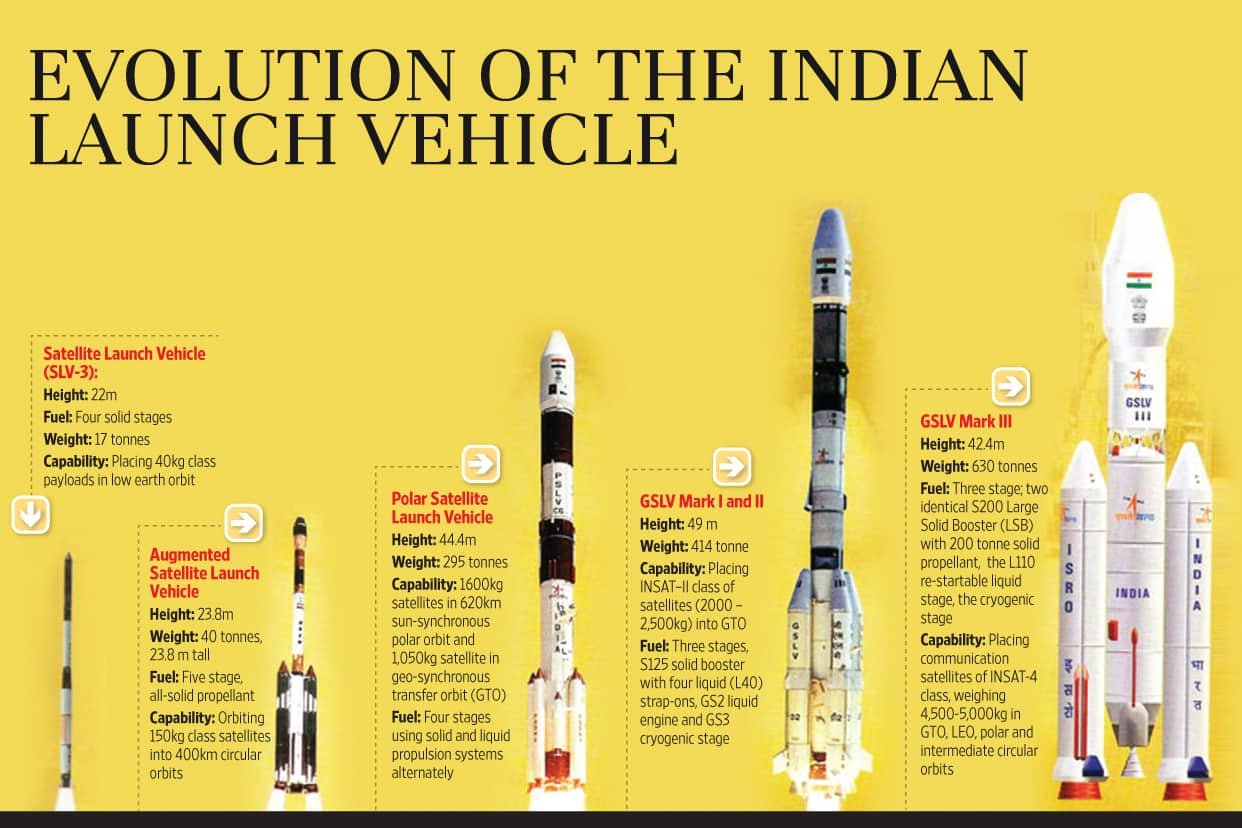
|
To know more about Types of orbits, visit > Type of orbits
{Prelims – Awards) Jnanpith Award
- Context (TQ): Renowned Urdu poet Gulzar and Sanskrit scholar Jagadguru Rambhadracharya have been named the recipients of the 58th Jnanpith Award.
- This prestigious literary honour is being conferred for the 2nd time for Sanskrit literature and the 5th time for Urdu literature.
Gulzar
- Sampooran Singh Kalra is known by the pen name Gulzar.

- Date of Birth: August 18, 1934.
- Early Life: Born in Dina, Punjab (present-day Pakistan). Moved to Mumbai due to partition.
- Gulzar is celebrated for his works in Hindi cinema and is considered one of the finest Urdu poets of this era.
- He has also directed award-winning classics and invented a new genre of poetry called “Triveni”.
|
- Some of his notable works include the song “Jai Ho” from the film “Slumdog Millionaire”, which won an Oscar in 2009 and a Grammy Award in 2010.
- Awards: Sahitya Akademi Award (2002), Padma Bhushan (2004), Academy Award (2008), Grammy Award (2010), Dadasaheb Phalke Award (2013), Jnanpith Award (2024).
- Poetry: Writes primarily in Urdu and Punjabi.
- Contributions: Associated with various social causes. Wrote for peace campaigns. Involved in education initiatives.
- Appointed as Chancellor of Assam University in 2013.
Rambhadracharya
- Jagadguru Ramanandacharya was born on 14 January 1950.

- Born into a Saryupareen Brahmin family, Rambhadracharya lost his eyesight at the age of two months due to an infection.
- He excelled in his studies, mastering the Bhagavad Gita, Ramcharitmanas, and various other texts.
- Rambhadracharya’s scholarship spans a wide range of subjects, including Sanskrit grammar, Nyaya, Vedanta, and Indian literature.
- He has authored numerous books, papers, and epic poems in languages like Sanskrit, Hindi, Awadhi, and Maithili.
- Accomplishments:
- Founder of Tulsi Peeth, a religious and social service institution in Chitrakoot.
- Founder and lifelong chancellor of Jagadguru Rambhadracharya Handicapped University, offering education exclusively to disabled students.
- Recognized as one of the greatest authorities on Tulsidas in India.
- Renowned Katha artist for the Ramayana and the Bhagavata.
- Leader of the Vishva Hindu Parishad (VHP).
- Rambhadracharya is proficient in 22 languages and has composed poetry and literary works in several Indian languages.
- Produced a critical edition of the Ramcharitmanas, a significant work in Hindi literature, which was published as the Tulsi Peeth edition.
- He provided expert testimony in the Ram Janmabhoomi Babri Masjid dispute case.
The Jnanpith Award
Bharatiya Jnanpith
- Founded in 1944 by Sahu Shanti Prasad Jain.
- Objectives:
- Conduct research and publication of extinct, rare, and unpublished works of knowledge.
- Encourage the creation of original literature in service of the people.
- It is a premier literary organization in India.
- Engages in awards, publications, fellowships, and research.
- Maintains a network with authors across various generations and Indian languages.
Jnanpith Award
- It is the oldest and highest Indian literary award, presented annually by the Bharatiya Jnanpith to authors for their outstanding contributions towards literature.
- The award was instituted in 1961 and bestowed upon Indian writers who produced exceptional work in Indian languages included in the Eighth Schedule to the Constitution of India, as well as in English.
- Cash Prize: revised as of 2023, it stands at ₹11 lakh.
- Not conferred posthumously.
- Distinguished recipients include Mrs Margaret Thatcher, Mr Nelson Mandela, Sir V. S. Naipaul, and H.R.H. Princess of Thailand Maha Chakri Sirindhorn.

|
{Prelims – S&T – Defence} Direct-Ascent Anti-Satellite (DA-ASAT)
- Context (TH | TH): Recently, Russia conducted a Direct-Ascent Anti-Satellite (DA-ASAT) test by destroying an old satellite (Tselina-D SIGINT satellite, Kosmos-1408).
- The U.S. criticised the test because there was significant debris created in low Earth orbit that threatened the safety of the International Space Station (ISS).
- Russia (erstwhile Soviet Union) has had ASAT capabilities since at least 1968.
What are anti-satellite weapons?
- Anti-satellite (ASAT) weapons are designed to debilitate and destroy satellites that are already in orbit and operational.
- ASATs have also been used to remove decommissioned satellites.
- A few countries (China, India, Russia, and the United States) have successfully demonstrated their ASAT capabilities.
- Most of these weapons are kinetic, meaning they destroy satellites in orbit by rocketing into them or detonating an explosive near them and blowing them to pieces.
Concerns
- Debris: Because of the low gravity and lack of an atmosphere, the resulting debris can stay in orbit for a long time, depending on its size.
- Kessler effect: when there is a certain level of debris in low earth orbit, collisions among themselves as well as with other satellites could produce more debris, leading to a collisional cascade that rapidly increases the amount of debris in orbit.
- ASAT weapons violate the Outer Space Treaty (OST). According to OST, parties are liable for damaging satellites belonging to other parties.
Space based nuclear weapons
|
{Prelims – Sci – Bio – Diseases} Rheumatoid Arthritis (RA) Prevention
- Context (TH): The Lancet published a study related to the repurposing of an existing drug, Abatacept, to prevent the onset of rheumatoid arthritis.
- The study aimed to evaluate the feasibility, efficacy, and acceptability of treating high-risk individuals with Abatacept.
- Abatacept acts as a signalling pathway to initiate the appropriate immune response.
- High-risk individuals for RA can be identified years before developing the disease through the detection of autoantibodies associated with RA.
- The study showed that targeting adaptive immunity with Abatacept in high-risk individuals can prevent the onset of RA.
- Abatacept, classified as a biological drug, is not available in India due to poor sales.
- Early prevention of RA is significant, especially for individuals with a family history.
- There are challenges in convincing individuals with blood abnormalities but no physical symptoms to start preventive treatment.
Rheumatoid Arthritis
- RA is a chronic autoimmune condition primarily affecting the joints.
- It leads to pain, joint swelling, stiffness, and reduced mobility.
- While the exact cause of RA remains unclear, the immune system mistakenly attacks the body’s tissues, resulting in joint damage.
- RA can also impact other organs like the heart, lungs, and skin.
- RA can significantly reduce a patient’s quality of life and may lead to medical problems outside the joints.
- Lifestyle changes such as quitting smoking, regular exercise, and a healthy diet are recommended on a mass scale to reduce the risk of RA.
- Maintaining adequate vitamin D levels may help regulate the immune response and reduce inflammation associated with RA.
{Prelims – S&T – AI} Gemini Pro 1.5
- Context (IE): Google has introduced Gemini 1.5 Pro, the latest next-generation AI model built on MoE architecture.
- It is a mid-size multimodal model optimized for scaling across various tasks.
- Gemini 1.5 Pro boasts a long-context understanding across modalities, with the ability to process up to one million tokens consistently.
- Developers can test the model using Google’s AI Studio and Vertex AI, with a limited preview offering a context window of up to one million tokens.
- Gemini 1.5 Pro can process large volumes of data, including up to 7,00,000 words or 30,000 lines of code.
- It can handle audio and video processing, with the ability to understand prompts based on PDFs, videos, and code.
- Demo videos showcase the model’s ability to interact with long-form content and provide relevant information.
|
What Is MoE?
- The Mixture-of-Experts (MoE) model is a class of transformer models.
- Unlike traditional dense models, MoEs take a sparse approach where only a subset of the model’s components (called “experts”) are used for each input.
- This setup allows for more efficient pretraining and faster inference while managing a larger model size.




![PMF IAS Environment for UPSC 2022-23 [paperback] PMF IAS [Nov 30, 2021]…](https://pmfias.b-cdn.net/wp-content/uploads/2024/04/pmfiasenvironmentforupsc2022-23paperbackpmfiasnov302021.jpg)



